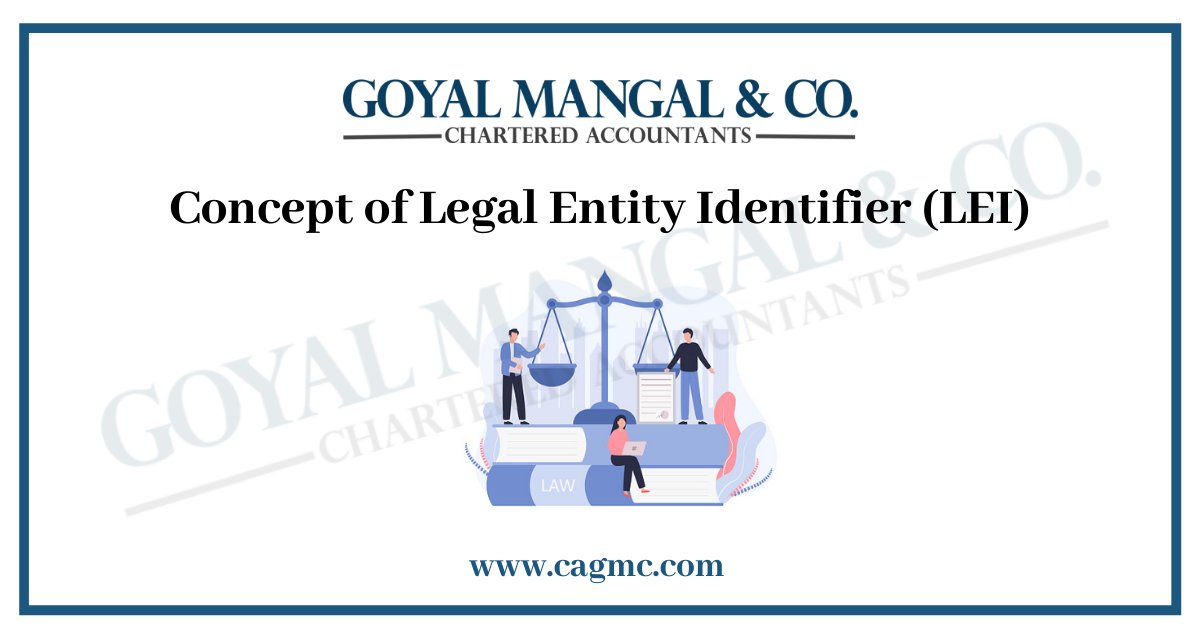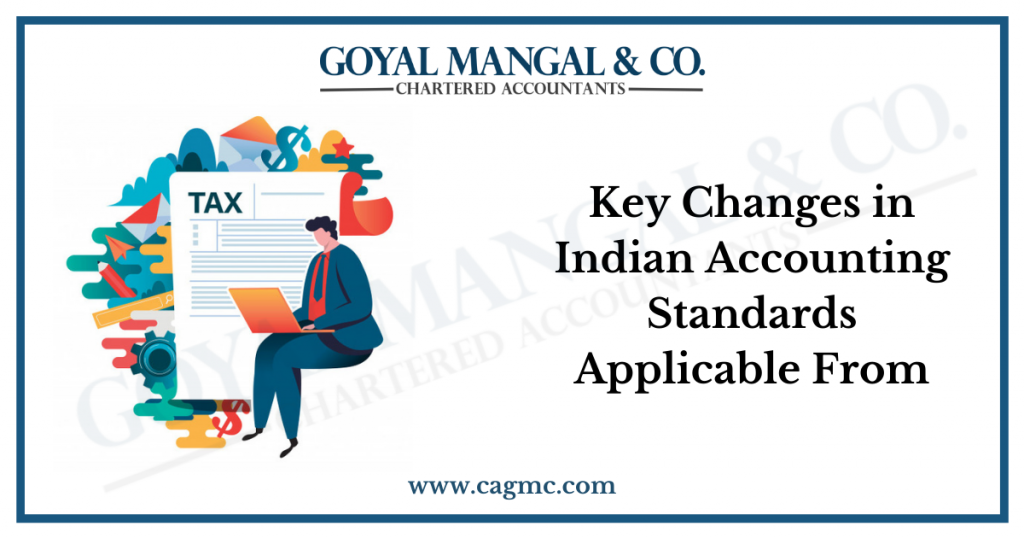
The launch of Legal Entity Identifier (LEI) has been targeted to improve the quality and accuracy of financial data system for managing the risk in a better way post the evolvement of Global Financial Crisis. This enables to identify the party’s financial transactions worldwide. The Reserves Bank of India vides its notification bearing reference no. RBI/2017-18/82 DBR.No.BP.BC.92/21.04.048/2017-18 and RBI/2022-23/34 DOR.CRE.REC.28/21.04.048/2022-23 has mandated to obtain LEI certificate for non-individual borrowers. In this article we’ll discuss about Legal Entity Identifier (LEI) for large corporate borrowers under FEMA Act, 1999.
|
Table of Content |
Background of Legal Entity Identifier (LEI)
In order to control the large value transactions in Centralized Payments systems and to improve the quality and accuracy of financial data system for managing the risk in a better way post the evolvement of Global Financial Crisis.
The LEI has been introduced by the Reserve Bank of India in a phased manner for over the counter (OTC) derivatives, non-derivatives markets, large company borrowers and large value transactions in centralized payment systems.
Meaning of Legal Entity Identifier (LEI)
Legal Entity Identifier (LEI) is a 20 digit unique generated number for identifying parties globally to overlook the financial transactions and getting the accurate financial data thereby controlling the risk.
Legal Entity Identifier (LEI) is generated separately for each party i.e. non- individual party and is not applicable in case of customer transactions where both remitter and beneficiary are individuals.
The rationale behind creating the Legal Entity Identifier (LEI) is to generate global reference data system that uniquely identifies every legal entity in any jurisdiction that is party to a financial transaction.
The Legal Entity Identifier (LEI) shall be renewed by the borrowers as per the guideline of Global Legal Entity Identifier Foundation (GLEIF) and the responsibility for the renewal shall lie with the Banks and Financial institutions.
Authority to generate Legal Entity Identifier (LEI)
Legal Entity Identifier can be obtained through any Local Operating Units (LOUs) accredited by the Global Legal Entity Identifier Foundation (GLEIF).
Global Legal Entity Identifier Foundation (GLEIF) is a body established to support the implementation of LEGAL ENTITY IDENTIFIER (LEI) .
Transaction covered under Legal Entity Identifier (LEI)
All type of transactions done through accounts such as NEFT / RTGS messages / transactions shall be covered under LEGAL ENTITY IDENTIFIER (LEI) done by non-individual persons.
Applicability of Legal Entity Identifier (LEI)
LEI system has been implemented for all borrowers of banks, Primary (Urban) Co-operative Banks (UCBs) and Non-Banking Financial Companies (NBFCs) having total fund based and non-fund based exposure of 5 crore and above will be introduced in a phased manner .
Timeline for obtaining LEI by new borrowers or borrowers of Primary (Urban), Co-operative Banks (UCBs) and Non-Banking Financial Companies (NBFCs)
| Total Exposure | LEI to be obtained on or before |
| Above ₹25 crore | April 30, 2023 |
| Above ₹10 crore, up to ₹25 crore | April 30, 2024 |
| ₹5 crore and above, up to ₹10 crore | April 30, 2025 |
Consequently, it has been decided that the banks, Primary (Urban) Co-operative Banks (UCBs) and Non-Banking Financial Companies (NBFCs) shall mandate and ask their existing large corporate borrowers having total exposures of 50 crore and above to obtain LEGAL ENTITY IDENTIFIER (LEI) .
The Borrowers who to obtain LEI shall not to be granted renewal / enhancement of credit facilities. A separate roadmap for borrowers having exposure between 5 crore and up to 50 crore would be issued in due course.
Note: Aggregate sanctioned limit or outstanding balance, whichever is higher, shall be reckoned for the purpose. Lenders may ascertain the position of aggregate exposure based on information available either with them, or CRILC database or declaration obtained from the borrower.
Mandatory obligations for Legal Entity Identifier
Following are illustrations on which Legal Entity Identifier (LEI) shall be mandatory:-
- Transactions initiated by banks for their internal payments, loan disbursement to their corporates, term deposits, maturity proceedings, and account closure proceedings, etc.
- Day to day operational transactions of 50 crore and above carried out by financial institutions like sub-member banks / banks / BCs / WLAs, etc.
Note: Departments/Agencies of Central and State Governments (not Public Sector Undertakings which are registered under Companies Act, 2013 or established as Corporation under the relevant statute) are spared from the above provisions.
End Note
The advantages of the Global LEI Index to the broader business community expand in proportion to the rate of LEI adoption. Firms are urged to participate in the process and obtain their own LEI in order to reap the benefits of entity identification throughout financial markets and beyond. It is simple to obtain LEI. Registrants just contact their selected business partner from the GLEIF website’s list of LEI issuing companies.


